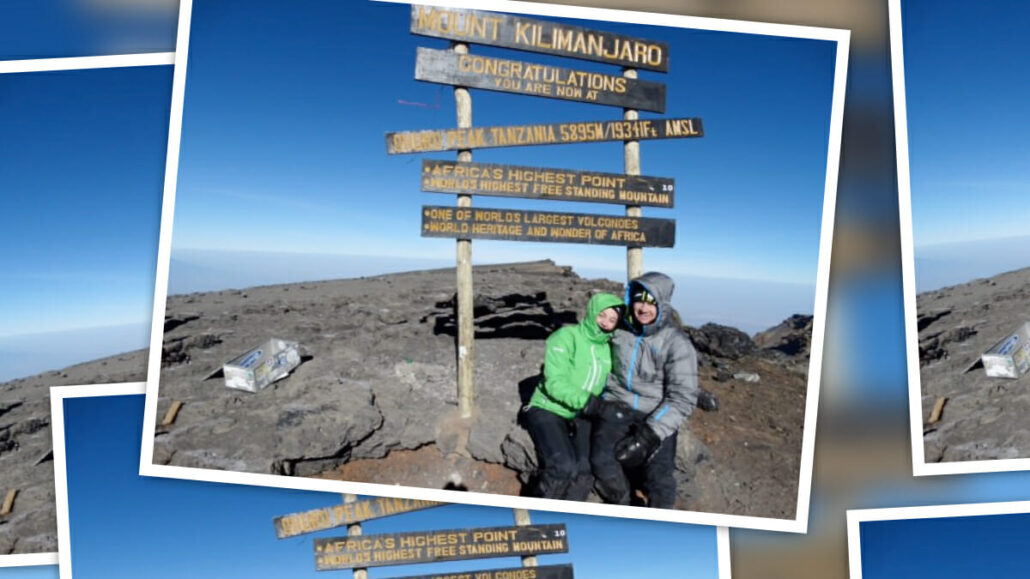I credit Dr. Skendzel and his team for getting me to the summit!
Excruciating pain in my right hip forced me to drop out of the 2013 Twin Cities Marathon at mile 23. After lying in bed for nearly two days without any improvement in the pain, my sister, a nurse practitioner, convinced me to go to Orthopedic Urgent Care. X-rays revealed a break in my right femoral neck. I was shocked to learn that I had broken my hip at the age of 34. I was even more shocked when the doctor told me I would have to go straight to the hospital for surgery.
That is where I met Dr. Jack Skendzel. My first question for Dr. Skendzel was whether I would still be able to climb Mount Kilimanjaro, a trip that my husband and I had been planning for some time. From that moment on, Dr. Skendzel was dedicated not just to performing a successful surgery but also to making sure I would be able to climb nearly 20,000 feet to the top of a mountain.
There were moments over the following year or so where I was convinced that I had somehow reinjured my hip. Each time, Dr. Skendzel listened patiently, took the necessary x-rays and managed to allay my fears. Now, I am able to run again without any pain. More importantly, my husband and I reached the top of Mount Kilimanjaro on February 1, 2015. I credit Dr. Skendzel and his team for getting me to the summit!

